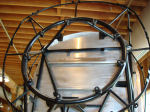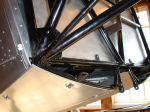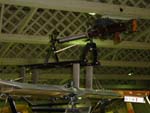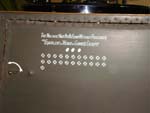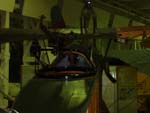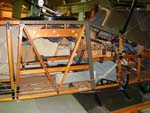
Aircraft Construction Between the Wars
By Michael Benolkin
From the first gliders and the first powered aircraft by the Wright Brothers, aircraft construction was a variation of standard woodworking techniques designed to get the most structural strength at the least weight. These wooden structures were covered with fabric to create the aerodynamic surfaces needed to create lift and reduce drag which also aptly earned these early aircraft their association to box kites.
In the latter stages of World War I through the 1920s, the need for more payload and performance meant that more power was required and in turn stronger airframes. It wasn't long before the first 'composite' aircraft started into development, where metal tubular structures are mixed with wooden ribs and stringers, and some aircraft surfaces are skinned with metal alongside fabric. This transitional period in aircraft construction continued through World War Two where many high performance aircraft were mostly metal. There were notable exceptions like the de Havilland Mosquito and the Ta 152 where wood started to reappear because of metal shortages. Nevertheless, this transitional period between the wars saw some interesting transitions in technologies and techniques in aircraft construction.
If you've wanted to super-detail a Hawker Hurricane, Tiger Moth, or other aircraft developed between the wars and you're not an aviation mechanic, sometimes it is difficult to interpret some of the detail photos you might see in various print and online references. During some recent trips to the Museum of Flight and the Imperial War Museum at Duxford, I had the opportunity to photograph a number of aircraft in various stages of exposure that nicely show different construction techniques mixing metal and wood construction. In the pictures that follow is a photo essay of aircraft construction between the wars to give you a closer look at how these aircraft were built. Enjoy!




















